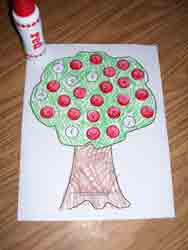From: 2 Teaching Mommies
This week we are learning all about the Polar Lands! One distinctive feature of the any polar area are the icebergs.
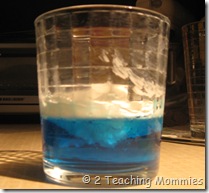
This “iceberg” dessert doesn’t require much and definitely isn’t as many calories as our “snowball” treat. Although it may be just as sweet. Just make sure you allow enough time for Jell-O to set.
 |
Here is what you’ll need:
Serves 4
|
To make this “Iceberg” dessert, just follow these easy steps:
Step 1:
|
Step 2:
|
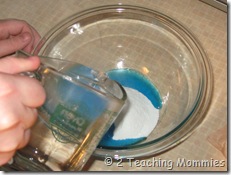 | 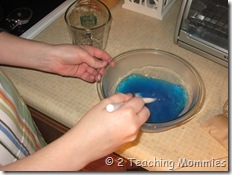 |
Boil a cup of water and add it to your Jell-O powder mix.
|
Stir until dissolved.
|
Step 3:
|
Step 4:
|
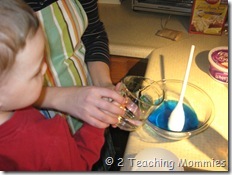 | 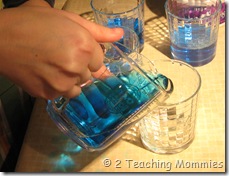 |
Add a cup of cold water.
|
Pour mixture into individual clear (plastic or glass) cups. Then refrigerate, until set. This will be your ocean.
|
Step 5:
|
Step 6:
|
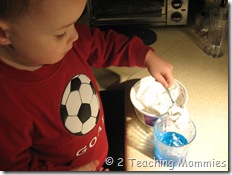 | 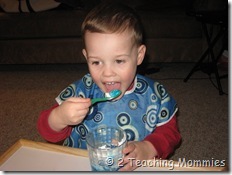 |
Then have your kiddo add a little bit of whip cream to the top to create your iceberg.
| EAT and ENJOY! |











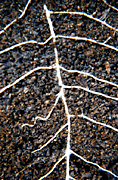 5.Place a 1" block or book under the back bottom edge of the milk carton so the "window" tips toward the ground. This encourages the roots to grow close to the window for easy viewing.
5.Place a 1" block or book under the back bottom edge of the milk carton so the "window" tips toward the ground. This encourages the roots to grow close to the window for easy viewing. 